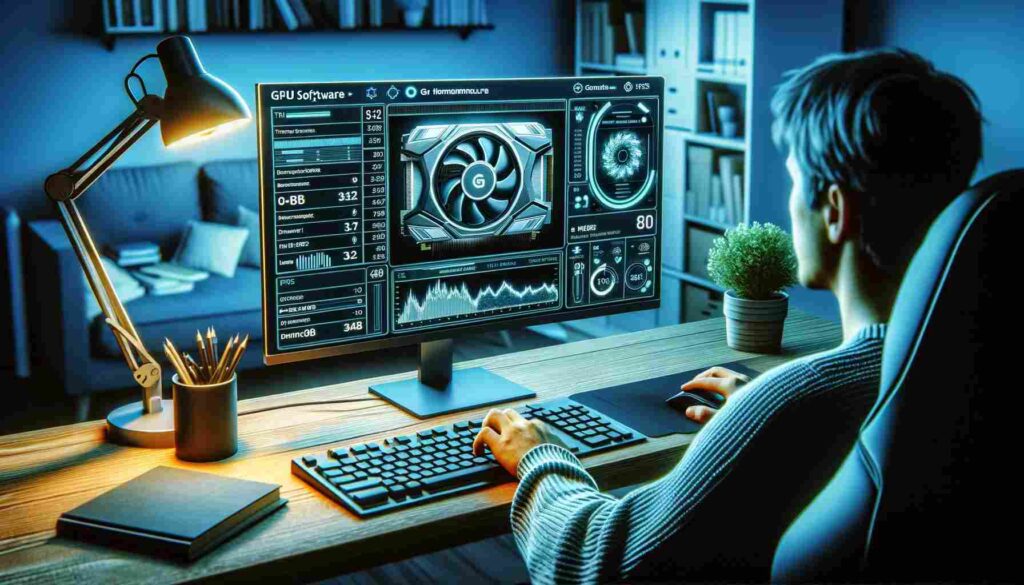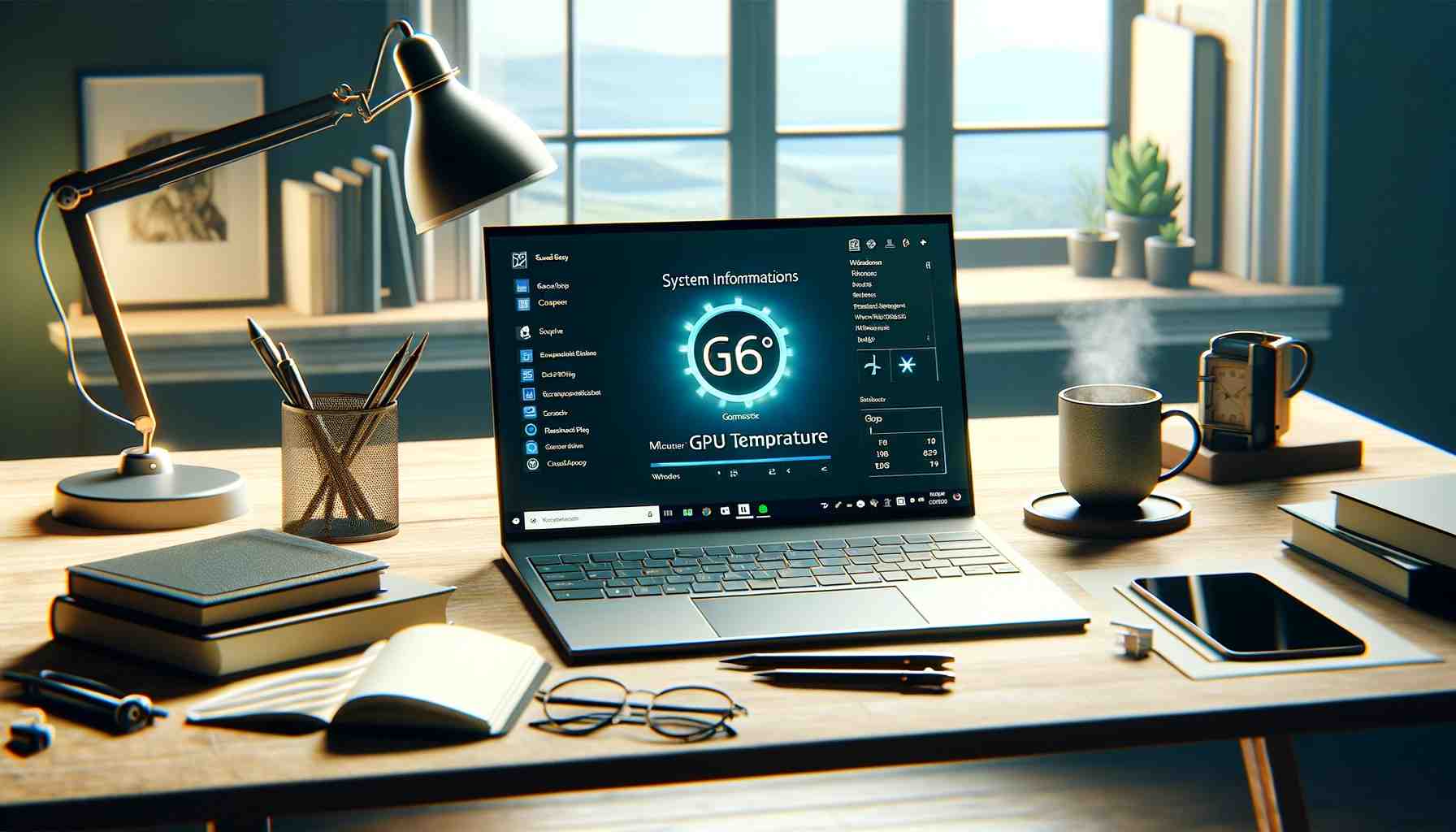Introduction to Check And Monitor The Current GPU Temperature
Monitoring the GPU (Graphics Processing Unit) temperature is crucial for maintaining the health and performance of your computer, especially if you use it for gaming or other graphics-intensive tasks. In Windows 11, there are several methods to check and monitor your GPU temperature. This article provides a comprehensive guide on how to do this effectively using simple language.

Understanding GPU Temperature
Before diving into the methods, it’s important to understand what GPU temperature means and why it matters. The GPU temperature refers to the heat generated by your graphics card during operation. Excessive heat can lead to reduced performance, system instability, and even hardware damage. Hence, keeping an eye on this metric is essential for the longevity of your device.
Also Read- What Is Windows Copilot For Windows 11?
Method 1: Using Windows Settings
Windows 11 has integrated features that allow users to check their GPU temperature directly:
- Accessing Settings: Click on the Start button and select ‘Settings’. Alternatively, you can press ‘Windows Key + I’.
- Navigating to System Information: In the Settings menu, go to ‘System’ and then select ‘About’ at the bottom of the list.
- Opening Device Manager: In the ‘About’ section, find and click on the ‘Device Manager’ link.
- Locating the GPU: In Device Manager, expand the ‘Display adapters’ section. This will show your GPU(s).
- Checking Properties: Right-click on your GPU and select ‘Properties’. Then, go to the ‘Details’ tab.
- Finding Temperature: In the ‘Property’ dropdown, select ‘Hardware Ids’. Note that not all GPUs will show temperature information here.
This method is straightforward but may not provide real-time temperature monitoring or support all GPU models.
Also Read- How To Get the Classic Windows Start Menu On Windows 11
Method 2: Using Task Manager
Windows 11’s Task Manager offers a more user-friendly way to check GPU temperature:
- Opening Task Manager: Right-click on the taskbar and select ‘Task Manager’. Alternatively, press ‘Ctrl + Shift + Esc’.
- Navigating to Performance Tab: Click on the ‘Performance’ tab in Task Manager.
- Selecting GPU: On the left-hand side, you’ll see your GPU listed (e.g., GPU 0). Click on it.
- Viewing Temperature: The GPU temperature is displayed in the bottom-right corner under the GPU statistics.
This method provides an easy and quick way to check the current temperature but lacks detailed monitoring features.
Method 3: Using Third-Party Software
For more comprehensive monitoring, third-party software can be very useful. Applications like MSI Afterburner, HWMonitor, and GPU-Z are popular choices:
- Choosing Software: Research and select a reliable third-party application. Ensure it’s compatible with Windows 11 and your GPU.
- Downloading and Installing: Visit the official website of the chosen software and download the installer. Follow the on-screen instructions to install.
- Running the Software: Open the application. It should automatically detect your GPU and start displaying various metrics, including temperature.
- Configuring for Monitoring: These applications often allow you to set temperature alerts, log data, and even control fan speeds for better temperature management.
These tools are highly recommended for gamers and professionals who need detailed insights and control over their GPU’s performance and temperature.
Also Read- How To Install Microsoft PowerToys In Windows 10 And Windows 11
Additional Tips
- Regularly Clean Your PC: Dust accumulation can hinder proper cooling. Regular cleaning helps maintain optimal temperatures.
- Ensure Good Ventilation: Proper airflow in and around your PC is crucial. Avoid cramped spaces and ensure your PC case has good ventilation.
- Consider Additional Cooling: If temperatures are consistently high, consider adding more fans or upgrading your cooling system.
Conclusion
Monitoring your GPU temperature in Windows 11 is a straightforward process that can be done using built-in tools or third-party software. Regular monitoring is key to ensuring that your computer runs efficiently and lasts longer. Whether you are a casual user or a gaming enthusiast, keeping an eye on your GPU temperature will help in maintaining the overall health of your system.
Remember, keeping your computer’s hardware in good condition is not just about checking temperatures; it’s also about regular maintenance and ensuring a conducive environment for your system’s operation. Stay informed, stay cool!


































